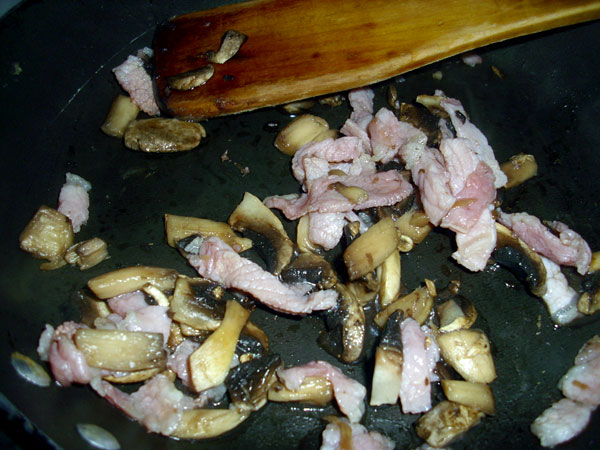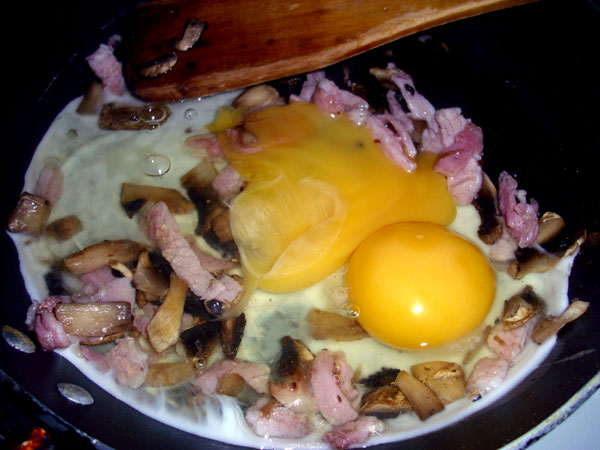Over the last couple of months I’ve learnt even more about
my body and carbs – and about carbs and exercise.
My gym chain runs a challenge across all its gyms every 2
months, and from 1st July to 31st August they were running
a Tour de France challenge in which members had to try and cycle 3,360km – the distance
of the Tour de France. We could use any type of bike as long as it measured and
recorded distance.
| Putting in the kilometers, pushing the boundaries |
As an avid cyclist in my younger days and a regular
participant in Spin classes I knew that this would be a great challenge for me,
and set about trying to do 55km a day, every day of the challenge. During the
first week I found that I was getting hungry and snacking out on carbs –
crisps, chocolate, biscuits, toast. I decided to just go with my cravings as my
body was clearly telling me what it needed.
Two weeks into the challenge and I had a Personal Training
session. I spoke to Stuart about my cravings and explained that I was eating a
low-carb diet as normal, but that I was eating high carb foods as and when I
fancied them. After discussing how low in carbs my normal low-carb diet usually
is, Stuart advised that I increase my daily carb intake to 200g (which mean an
increase of between 140g and 150g a day) but eat slow releasing carbs and
target them to be eaten 2 hours before starting my intense cardio sessions. The
idea of this was to provide fuel when it was needed, because eating the way I
do my body would quickly use up the carbs I was normally eating and move on to
use up any fat stores I have followed by destroying muscle rather than using
the fats I eat – the body finds it easier to burn stored fat and muscle than
fats from the diet if there is a shortfall of carb energy available.
For the final 6 weeks of the challenge I did precisely this.
If I was going to the gym in the morning I would wake 2 hours before I planned
on starting on the bike and eat a very high carb breakfast, if it was an
afternoon session then I would carb load at lunch and on a Friday I would have
an afternoon snack to set me up for the evening Spin class. The first surprise
I had was just how much I needed to eat at these targeted meals in order to
increase my carb intake sufficiently, despite the fact that I was returning to
a ‘normal’ person’s levels of carb consumption.
| High-carb breakfast, with homemade smoothie |
At breakfast I would have a double serving of Porridge
served with 50g of Sultanas and a tablespoon of Golden Syrup, plus one or two
slices of toast with jam or marmalade, and a homemade banana and peanut butter
based smoothie – using frozen fruits of various types, such as strawberries or
blueberries to increase the carb count if necessary. At lunchtimes I would have
a gluten free pasta meal, usually with tuna, peas and sweetcorn, maybe some oat
cakes, and a homemade smoothie. For snacks it would usually be a bowl of
museli, some toast with jam or marmalade, a homemade smoothie, and maybe some
sweets while walking to the gym.
On my normal workout days I would have my breakfast and then
head to the gym about an hour later, doing my workout before the carbs kicked
in and sometimes starting on the bike before the 2 hours were up. When this
happened I would often find that I could feel something like a second wind
hitting me as the slow release carbs were kicking in. After the first week of
targeted carb loading I was finding that I could do longer sessions on the bike
and felt much less fatigued, so clearly the carbs were working.
| A typical carb-loading lunch |
But there was one thing that was going wrong through this
challenge, I quickly reached a point where as hard as I tried I was struggling
to keep my carbs to 200g and was frequently around the 250g-300g mark, and on
particularly bad (or weak willed days) getting as high as 400g. The carbs that
I was eating were making me crave more and more carbs. I was giving in to
temptation and eating crisps and chocolate telling myself that it was ok
because I was doing so much intense cardio.
By the end of the challenge I had put on 10lbs, despite
reaching a point where I was regularly biking 70-100km a day over a 1 ½ to 2 ½ hour
session. To me this was a clear reinforcement of the fact that my body simply
doesn’t do well on carbs. If I had to do that much intense cardio and was still putting on weight then it’s clear
that I can never return to what most people would call normal eating without putting
a lot of weight back on – particularly if I was going back to a normal workout
schedule. I’m convinced that the cravings increased over the duration of the
challenge as my body got used to having carbs and started it’s cycle of sugar
rush and crash, causing me to want to keep the rush so I could keep going.
| Getting the right amount of post-workout protein without a shake |
I also learnt the hard way what my body’s limits are, and
just how important it is for me to consume protein straight after any sort of
exercise – including intense cardio. For the first couple of weeks I was taking
a protein shake, but I ran out and couldn’t get any more so I simply went without
thinking ‘it’s only cardio, it won’t be a problem’. But my muscles were
fatiguing and I started getting soreness in my right knee as my glutes weakened
again under the pressure of the amount of exercise they were being subjected
to. In the end I realised that I needed to do something about the protein consumption
so I started to take boiled eggs, bacon, nuts and tuna with me to eat straight
after the session. For the final 2 weeks of the challenge I was doing my best
to battle against failing muscles and mental fatigue while the carb loading was
still giving me plenty of energy. In the end, one session after completing the
set distance, I had to quit with 2 days of the challenge left to run. I had
done all I physically could – and more. I was not only struggling with my knee
but the weakness had now progressed to give me ankle and shin pain and both
were swollen. Even RICE (rest, ice, compression, elevate) wasn’t relieving the
symptoms sufficiently.
It’s now been just over 2 weeks since I finished the
challenge. Initially I just took time out to rest properly and recover from the
strains and swelling I gained in those final 2 weeks of the challenge. I
finally returned to the gym at the start of this week, returning to a TRX only
programme to give me body weight exercises that should be less stressful on my
legs. In the first week and a half of being back on my normal low-carb diet I
lost 4lbs, and that was without going to the gym – the only exercise being a
couple of hours slow walking a day. I can see the fat stores starting to go
again, and based on previous experience I just need to be patient for another 4
or 5 weeks and my body will return to my optimum body weight and body fat. The
TRX exercises are working everything and I’m feeling my abs tightening again, so
as the fat shifts from my belly and love handles things are looking better
already due to the muscles tightening up. I’m back on the protein shakes now
too, and thankfully I don’t think that I particularly lost any muscle tone in
my arms or upper body.
| The Penultimate Leaderboard at Grimsby's Pure Gym |
I’m glad I did the challenge, because it taught me the value
of eating carbs the right way – that there is a time and a place for them, even
for someone like me who has a protein metabolic type. In the end I finished in
first place at my gym, the only member to complete the distance, and was so far
ahead that the second and third places combined were still a little behind me.
I was on the national leaderboard for the duration of the challenge and never
dropped out of the top 25 nationally, finishing in 16th place, and I
was consistently in the top 15 females nationally finishing as the 7th
placed female. For a long time I’ve said that I’m not built for speed, I’m
built for endurance. It was nice to have this borne out in this challenge, and
good to know that I can do this sort of thing now – if I’d tried a year ago I
know that I would have failed. It’s given me a boost of confidence that if I
set my mind to do something, I can achieve it. And it’s taught me that I can
push through the mental barriers and achieve incredible things – even pushing
through the physical pain barriers to keep going, but I have to be careful that
I don’t push too far through the pain. That level of pain is there for a
reason. It’s there to stop you from damaging yourself. It’s also taught me just
how gruelling these distance bike races are, and whilst the cyclists are
trained for this and prepare and this is all they do, it’s really given me a
much better appreciation of how fit and prepared they have to be – both physically
and mentally – to go out there and do these long races.




























